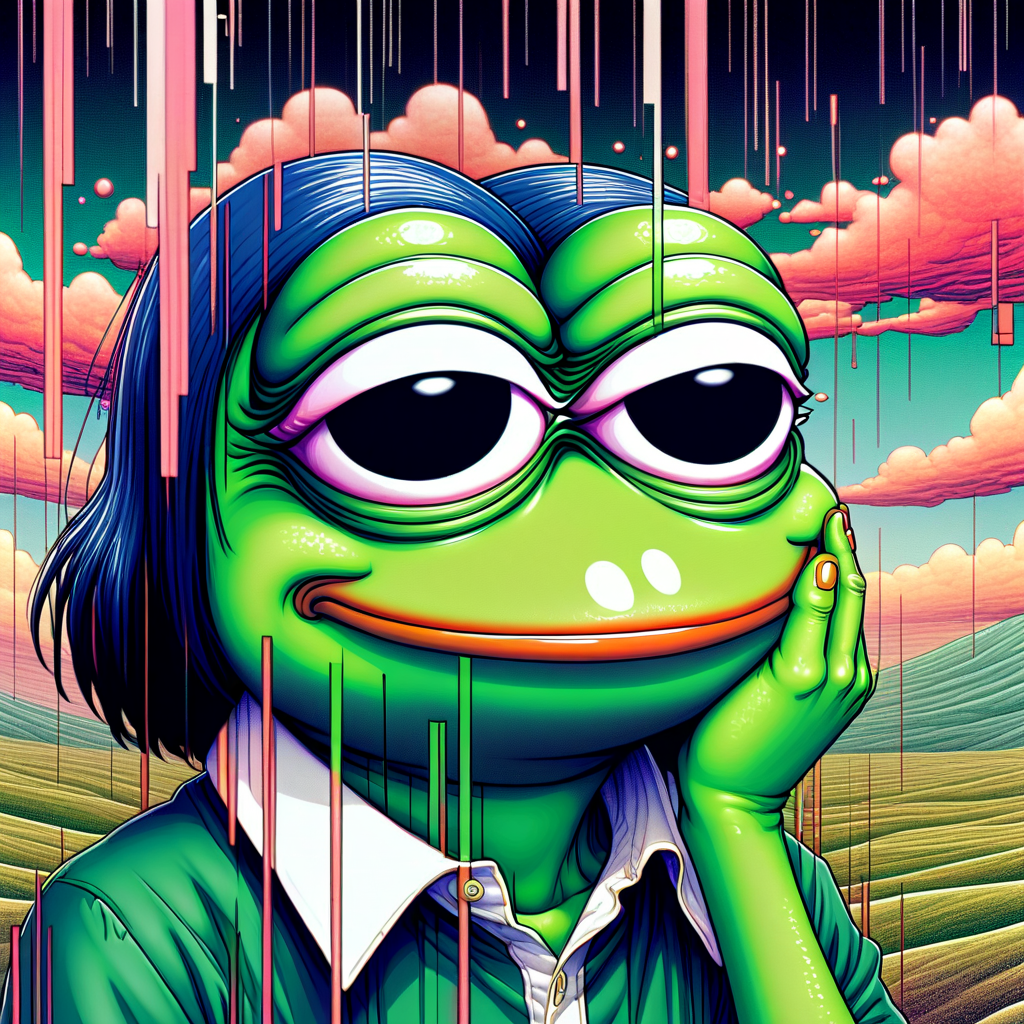metadata
tags:
- stable-diffusion-xl
- stable-diffusion-xl-diffusers
- text-to-image
- diffusers
- lora
- template:sd-lora
widget:
- text: in the style of <s0><s1>
output:
url: example_1.png
- text: in the style of <s0><s1>
output:
url: example_2.png
- text: >-
in the style of <s0><s1>, manga in the early 1990s,surreal,digitally
rendered with glitches appearing throughout,depicted in matte
colors,created using a digital medium. illustrated by Junji Ito,Yoshiyuki
Sadamoto, and Rumiko Takahashi, a green cartoon frog, pepe,
output:
url: example_3.png
- text: in the style of <s0><s1>
output:
url: example_4.png
- text: >-
in the style of <s0><s1>, manga in the early 1990s,surreal,digitally
rendered with glitches appearing throughout,depicted in matte
colors,created using a digital medium. illustrated by Junji Ito,Yoshiyuki
Sadamoto, and Rumiko Takahashi,
output:
url: example_5.png
- text: in the style of <s0><s1>, manga in the early 1990s,surreal
base_model: dataautogpt3/OpenDalleV1.1
instance_prompt: in the style of <s0><s1>
license: openrail++
SDXL LoRA - dataautogpt3/synthetic-animev1-1

- Prompt
- in the style of <s0><s1>

- Prompt
- in the style of <s0><s1>

- Prompt
- in the style of <s0><s1>, manga in the early 1990s,surreal,digitally rendered with glitches appearing throughout,depicted in matte colors,created using a digital medium. illustrated by Junji Ito,Yoshiyuki Sadamoto, and Rumiko Takahashi, a green cartoon frog, pepe,

- Prompt
- in the style of <s0><s1>

- Prompt
- in the style of <s0><s1>, manga in the early 1990s,surreal,digitally rendered with glitches appearing throughout,depicted in matte colors,created using a digital medium. illustrated by Junji Ito,Yoshiyuki Sadamoto, and Rumiko Takahashi,
Model description
These are dataautogpt3/synthetic-animev1-1 LoRA adaption weights for stabilityai/stable-diffusion-xl-base-1.0.
Download model
Use it with UIs such as AUTOMATIC1111, Comfy UI, SD.Next, Invoke
- LoRA: download
synthetic-animev1-1.safetensorshere 💾.- Place it on your
models/Lorafolder. - On AUTOMATIC1111, load the LoRA by adding
<lora:synthetic-animev1-1:1>to your prompt. On ComfyUI just load it as a regular LoRA.
- Place it on your
- Embeddings: download
synthetic-animev1-1_emb.safetensorshere 💾.- Place it on it on your
embeddingsfolder - Use it by adding
synthetic-animev1-1_embto your prompt. For example,in the style of synthetic-animev1-1_emb(you need both the LoRA and the embeddings as they were trained together for this LoRA)
- Place it on it on your
Use it with the 🧨 diffusers library
from diffusers import AutoPipelineForText2Image
import torch
from huggingface_hub import hf_hub_download
from safetensors.torch import load_file
pipeline = AutoPipelineForText2Image.from_pretrained('stabilityai/stable-diffusion-xl-base-1.0', torch_dtype=torch.float16).to('cuda')
pipeline.load_lora_weights('dataautogpt3/synthetic-animev1-1', weight_name='pytorch_lora_weights.safetensors')
embedding_path = hf_hub_download(repo_id='dataautogpt3/synthetic-animev1-1', filename='synthetic-animev1-1_emb.safetensors', repo_type="model")
state_dict = load_file(embedding_path)
pipeline.load_textual_inversion(state_dict["clip_l"], token=["<s0>", "<s1>"], text_encoder=pipeline.text_encoder, tokenizer=pipeline.tokenizer)
pipeline.load_textual_inversion(state_dict["clip_g"], token=["<s0>", "<s1>"], text_encoder=pipeline.text_encoder_2, tokenizer=pipeline.tokenizer_2)
image = pipeline('in the style of <s0><s1>').images[0]
For more details, including weighting, merging and fusing LoRAs, check the documentation on loading LoRAs in diffusers
Trigger words
To trigger image generation of trained concept(or concepts) replace each concept identifier in you prompt with the new inserted tokens:
to trigger concept TOK → use <s0><s1> in your prompt
Details
All Files & versions.
LoRA for the text encoder was enabled. False.
Pivotal tuning was enabled: True.
Special VAE used for training: madebyollin/sdxl-vae-fp16-fix.